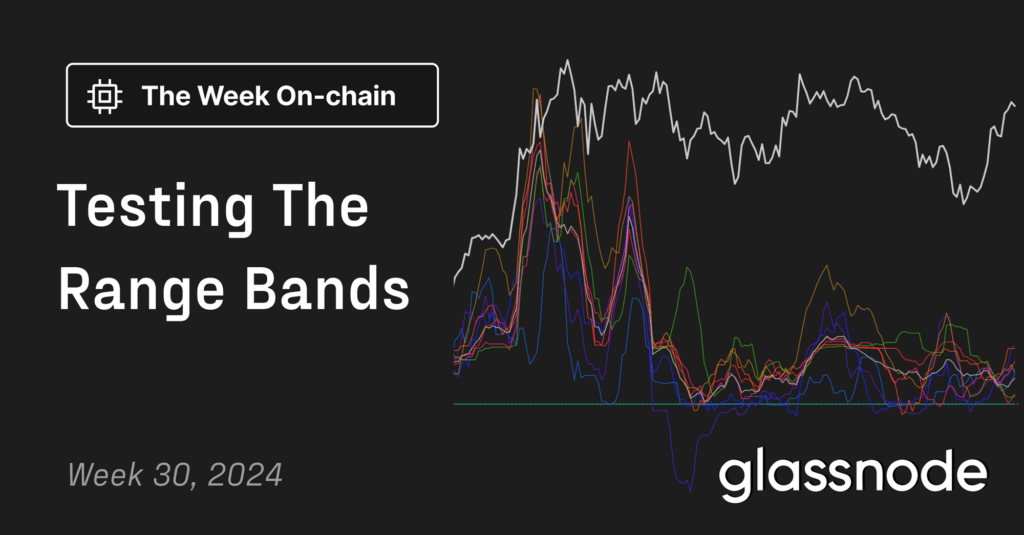Research Summary
This report explores the reasons behind the high gas fees associated with Binance Wallet’s operations. It delves into the technical and security factors that influence the exchange’s decision to aggregate addresses, which leads to high gas fees. The report also compares Binance’s approach with other exchanges and discusses the complexities of exchange asset consolidation.
Key Takeaways
Exchange Address Aggregation Methods
- Immediate Transfer to Hot Wallet: This method involves transferring assets to a hot wallet immediately after a user deposits cryptocurrencies. This approach can result in more transactions and high gas fees during periods of high gas prices. However, it is decentralized and unnoticeable to users.
- Delayed Aggregation: In this method, the small EOA addresses remain unchanged for some time after users deposit cryptocurrencies. Aggregation is performed at fixed intervals, allowing the exchange to choose a time when gas prices are low. However, this can lead to high gas prices if a large number of operations are performed within a short timeframe.
Comparison of Binance and OKX
- Binance’s Approach: Binance uses the delayed aggregation method, which has led to high gas fees. For example, Binance14, one of the addresses analyzed, has consumed 10,000 ETH in gas.
- OKX’s Approach: OKX likely uses the immediate transfer method. OKX3, one of the addresses analyzed, has consumed 1,530 ETH in gas, indicating a more balanced daily consumption.
Factors Influencing Exchange’s Choice of Aggregation Method
- Cost Optimization: Exchanges calculate and select the most suitable and optimized choice for themselves. Cost optimization is a key factor but not the only one.
- Security Risk: Rapid aggregation is a core consideration for security risk control. Having the permission open for a shorter time reduces the attack surface, preventing potential hacker attacks.
- Internal Control Process: Large exchanges have management and execution levels. To regulate asset usage processes internally, there is an approval process. The most efficient approach is for the boss to have the highest authority, followed by unified signatures for one-time processing.
Actionable Insights
- Understanding Exchange Operations: Stakeholders should understand that exchange asset consolidation management involves multiple issues such as cost optimization, security risk control, internal approval processes, and fund efficiency.
- Investigate the Potential of Different Aggregation Methods: Exchanges should investigate the potential of different aggregation methods and choose the one that best suits their needs and circumstances.
- Security Measures: Exchanges should prioritize security measures to prevent potential hacker attacks, even if it means incurring higher gas fees.













